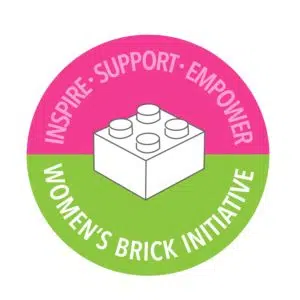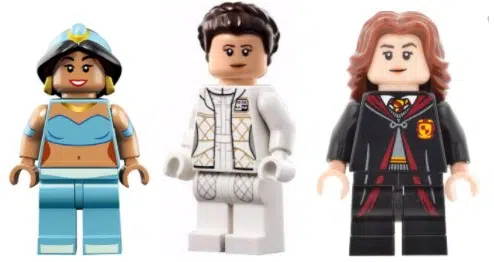
In a previous article, we looked at people of color (POC) intellectual property (IP) minifigures. Next, we will be looking at how gender is treated in IP minifigures. IP minifigures are usually marketed as parts of sets in our favorite stories such as Star Wars or Harry Potter, so we often don’t realize or are distracted from the fact that the gender balance in many of these series are off. For most of the popular IP themes, there are more female minifigures and characters than male characters.
The problem here typically starts in the story that is being told. As many of us know, Hollywood enjoys telling stories about male characters that do brave acts and not so much about female protagonists. In short, there are much more Luke Skywalkers than Katniss Everdeens in Hollywood right now. Typically, when there are 2 or 3 main characters in major franchises, it seems that 2 of them always tend to be male with 1 female counterpart, as is the case with Star Wars and Harry Potter. However, there are stories that have strong female leads that LEGO chooses to not build sets on, such as the previously mentioned Hunger Games franchise. It is hard to determine, what makes LEGO choose a story to make sets on or not, but they rarely chose stories with female protagonists. It is interesting that LEGO would not choose to create sets for a franchise like the Hunger Games and would choose to create Stranger Things sets, considering the number of fans for each franchize differ by a lot. The IP selection process might have some flaws in it, but it is also important to note that for LEGO produced narratives and films, such as LEGO Movie, LEGO Movie 2, and LEGO Batman, where there are mostly male lead characters and the creation of those stories were all under LEGO’s control.
By LEGO choosing to create figures from franchises that are mostly about men, there is a huge difference in the number of IP male minifigures produced and the number of IP female minifigure produced. This imbalance is shown when looking at the most popular IP minifigures produced and seeing that of IP characters with more than 10 minifigure versions produced, only 4 of those characters are female, one being a cat and one being a controversially sexualized clown.
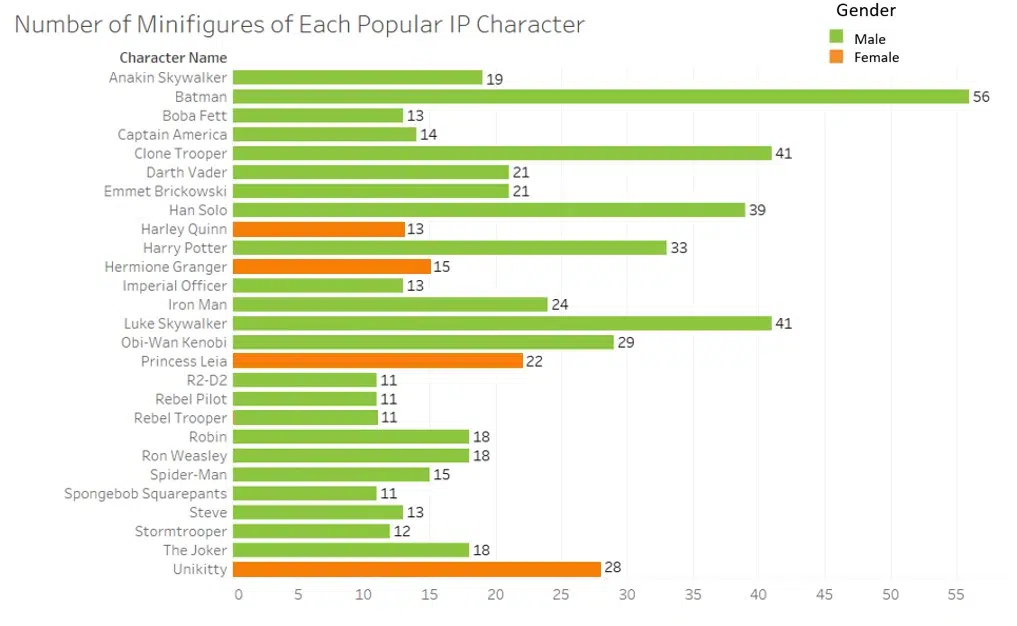
Another interesting observation to look at is who LEGO is marketing to when they create different series because it drastically changes the gender balance of the series. When LEGO markets to boys, such as with the Minecraft and Batman themes, it is clear that the number of female minifigures in the series are minimal. However, when LEGO markets to girls, such as with the Disney theme (which is mostly princesses), LEGO is able to create a set of minifigures with a large majority of female characters. It is interesting that LEGO chooses to create more female minifigures when marketing towards girl specific themes, but not for any other themes marketed towards more demographics. It is also clear that a majority of the stories they choose to create sets out of are a majority male minifigures and are either marketed towards men or are coed marketed, but rarely marketed specifically for women, creating a severe lack of female IP minifigures as a whole.
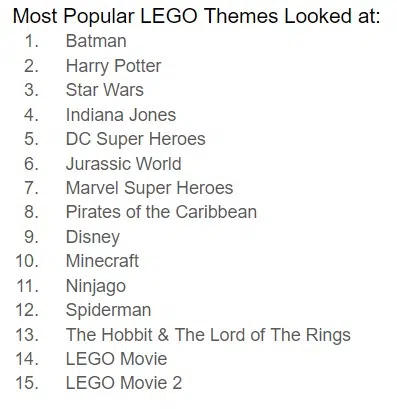

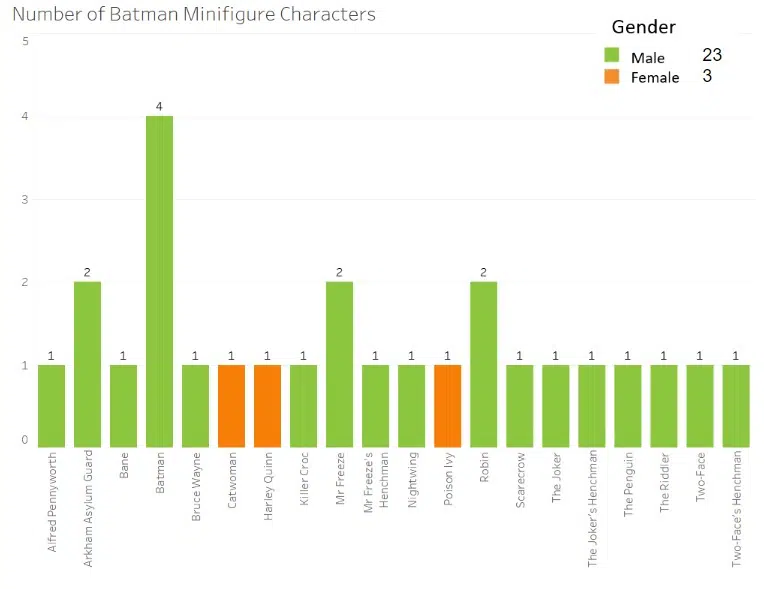
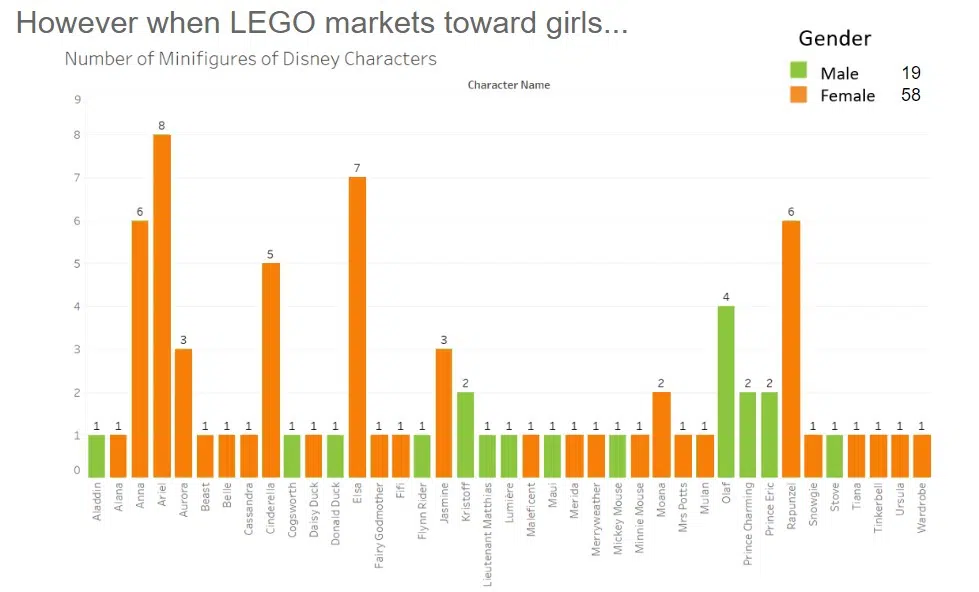
It would be interesting to see how LEGO chooses their IP themes, because currently, unless there is a theme specifically marketed toward girls (which are infrequent), there will be little to no representation of women, and for the girls’ themes, there will be an over representation of women. This results with there being a large majority of male minifigures to female minifigures. LEGO needs to think more about how they choose their IP themes, because although they do choose some really great stories, it is clear that they exclude some other more inclusive narratives that would make the LEGO IP world a more inclusive and gender balanced place.
